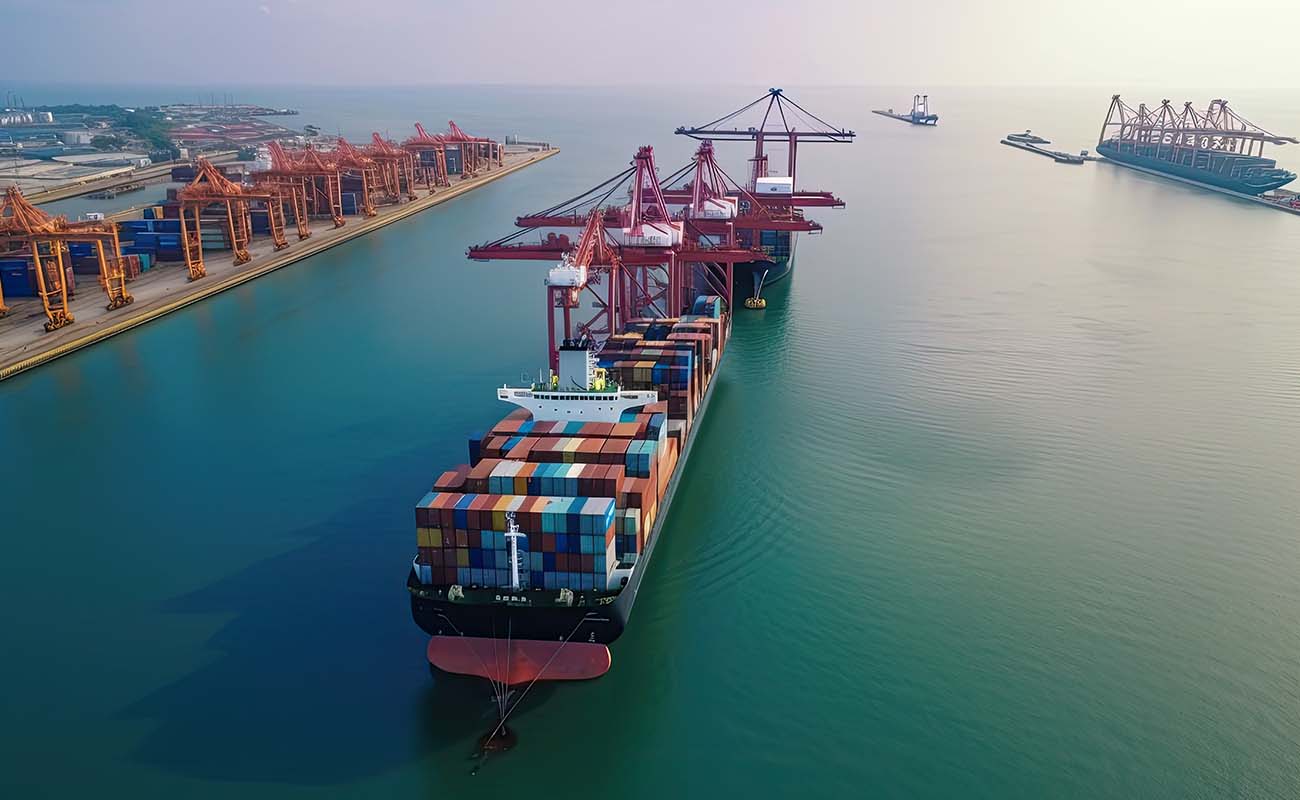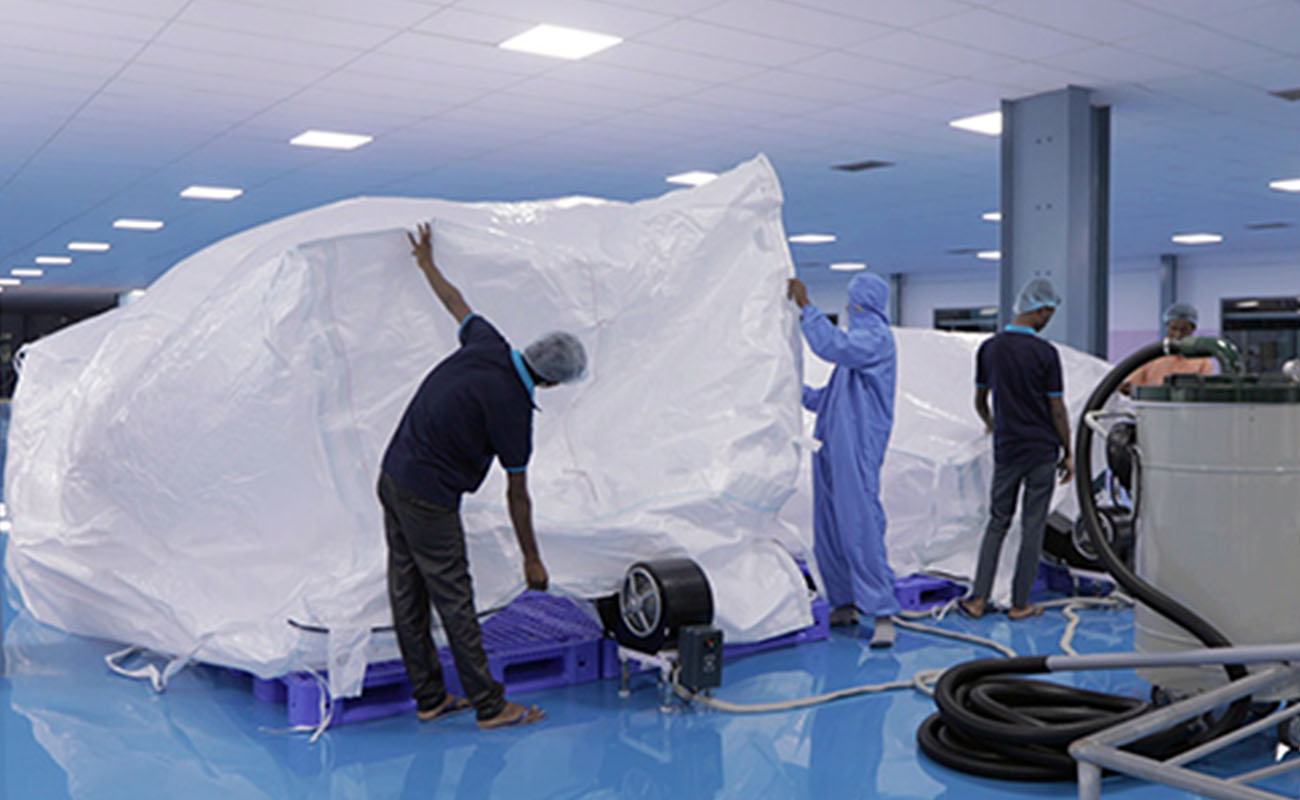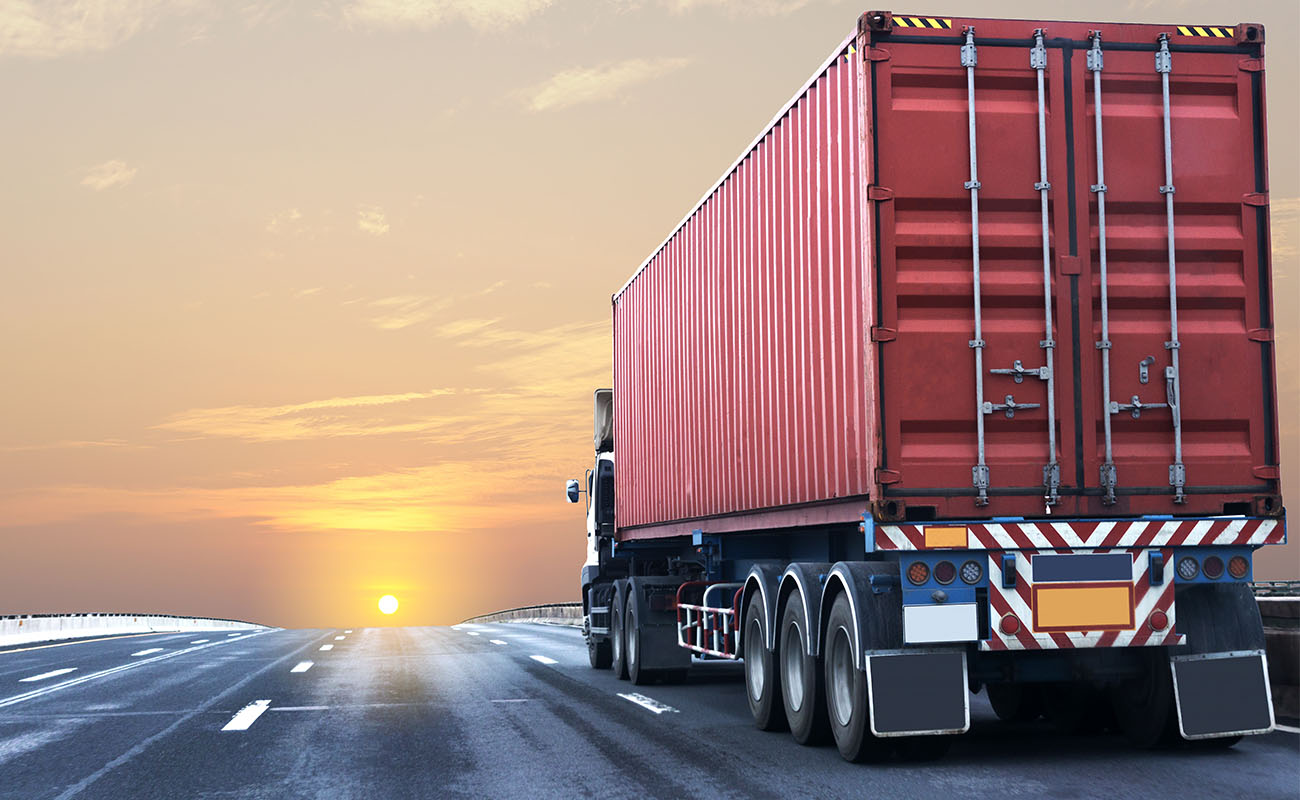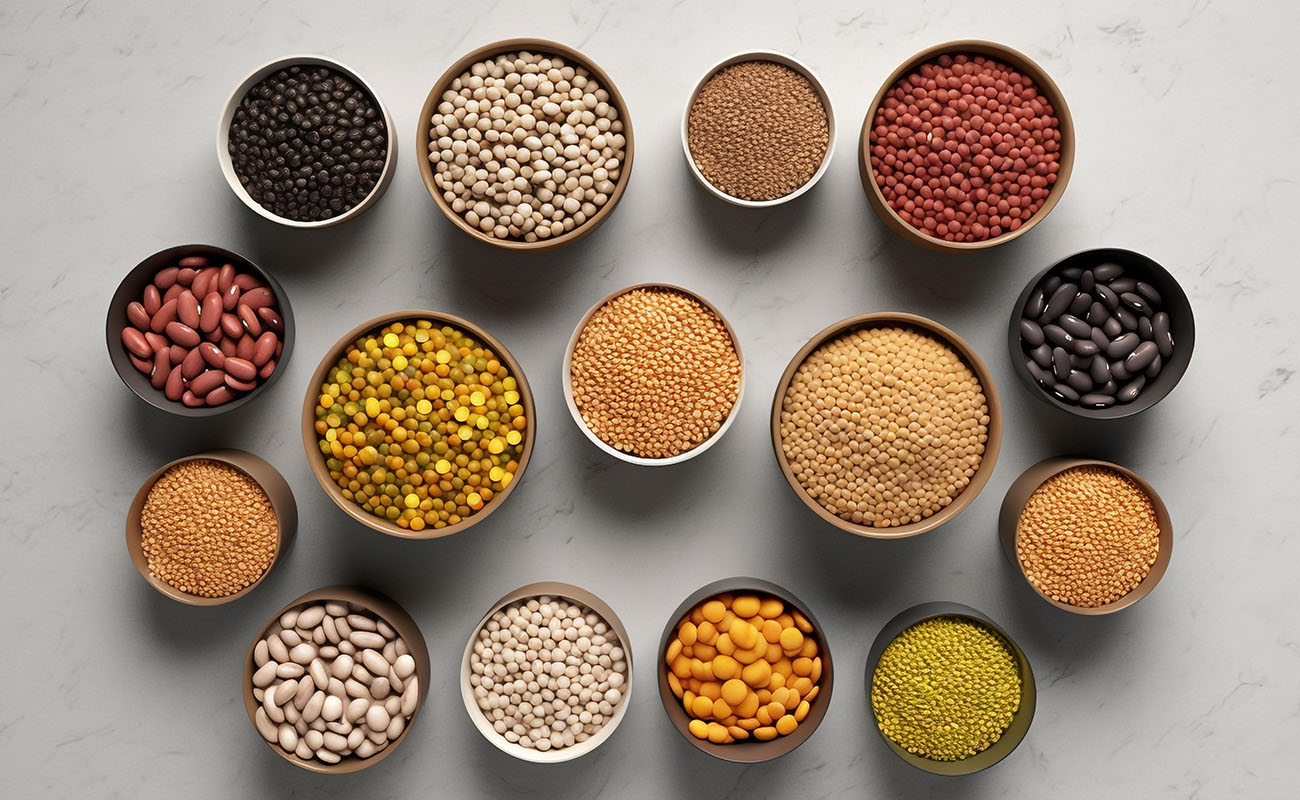Quality and Hygiene in the Manufacturing of FIBC Bags and Liners
uality and hygiene are paramount in manufacturing Flexible Intermediate Bulk Containers (FIBCs) and container liners. These products are crucial in industries like agriculture, pharmaceuticals, chemicals, food, and construction. They ensure safe and efficient transport and storage. Businesses must maintain high quality and hygiene standards to...
















